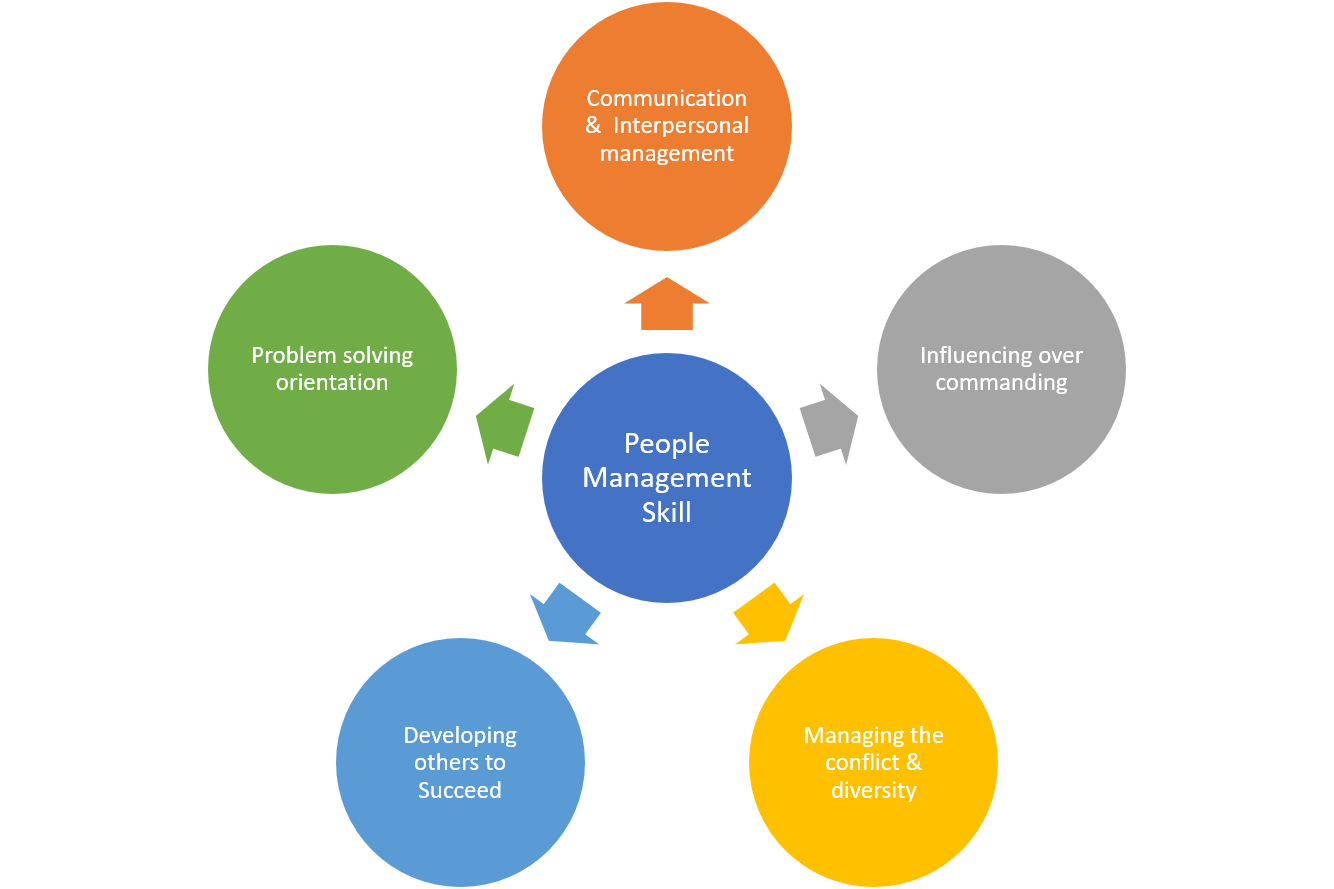Empowering others
(Execution Excellence -"Ability to get things done" Series)
We discussed some of the mindsets of highly influential people in the workplace to get things done. We mentioned win-win, how they look at work, and clarity of what they need.
Regarding practices, influential people work on themselves to build their credibility through relationships and expertise. The second practice is giving others their time, energy, and knowledge. The third practice is displaying respect by listening.
The next practice the people do is Empowering others.
What is meant by Empowering Others?
Empowering is giving power to someone to do something, which makes them feel elated and confident once they have done it.
It consists of Giving macro level direction and guidance when required and backing up when in trouble.
Most of us do not like to be managed with micromanagement. When we experience micromanagement with anyone, we do not like that person much.
One of the surveys tries to discover the qualities of the best-ever bosses in the workplace. The findings reveal that people do not like micro-managing and rate the person as the best boss who empowers them with direction and guidance at an appropriate time.
For example, consider the situation. Your boss is asking to send a mail to a customer about recent development in a product.
He gives the overall purpose of email communication, outlines what needs to be included, allows you to draft the mail independently, and backs you on the consequences; then, it is empowerment. In this experience, you feel that you are learning something new and like your boss, and he will easily influence you.
Alternatively, if he asks you to send a mail, dictates what needs to be included, and spends time checking line by line, then it is not empowerment; it is just micro-management.In this experience, you may feel undervalued and not like your boss much; in turn, you may not be influenced by him so easily.
The point is, by nature, we all want freedom with boundary conditions. When we provide an empowering environment and experience to our people, they like us more, and as a reciprocation, they can be influenced relatively easily.
Sometimes, due to our anxiety about doing everything perfectly and of losing our reputation due to the mistakes of others, we tend to be more micro-managing, and, in this process, we lose the advantage of the influencing edge.
This needs awareness and practicing to balance micro-management and monitoring the progress at a high level. The art of delegation with empowerment is one of the skills every manager and leader has to learn.
Have a great week ahead!
















